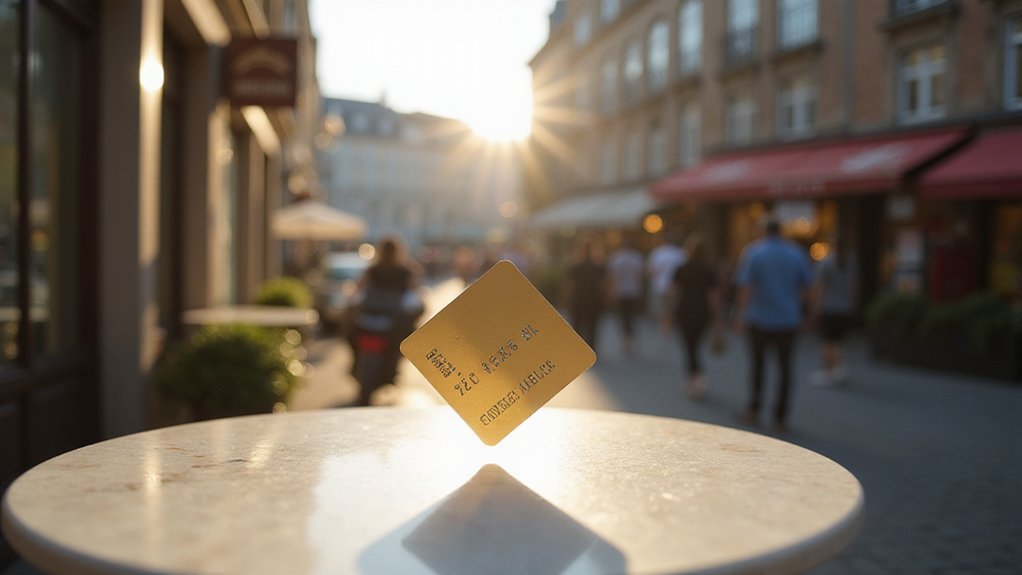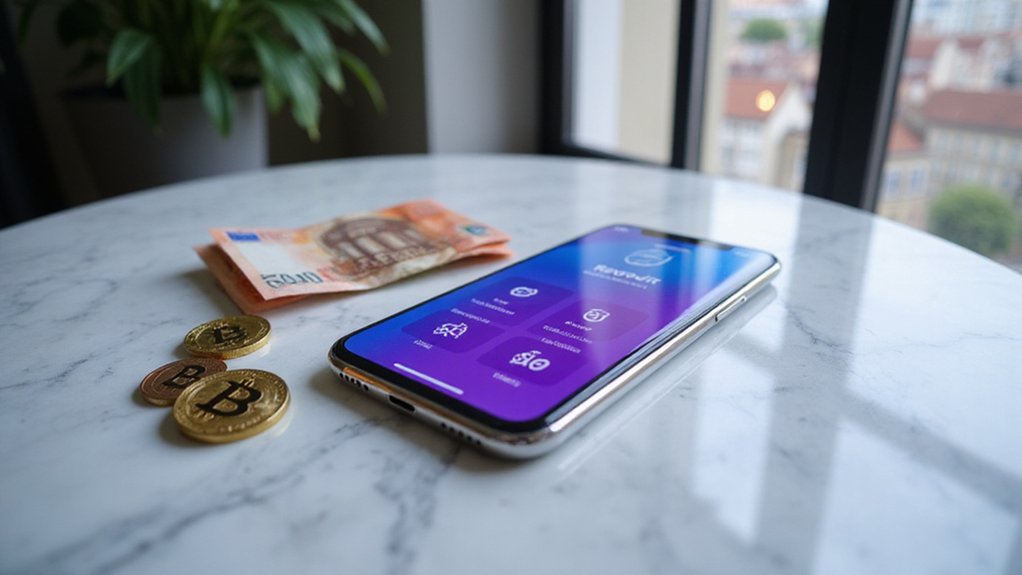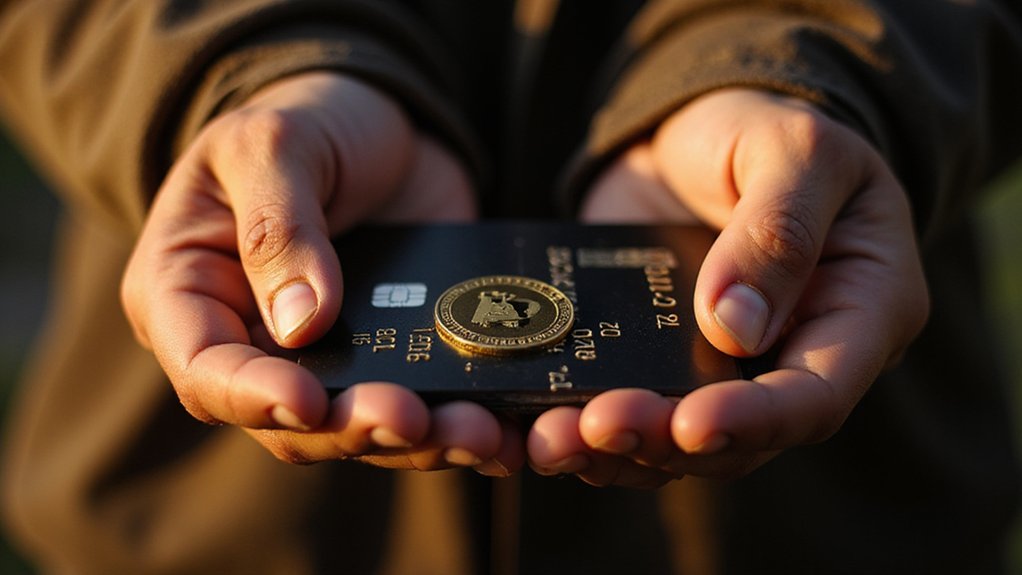While traditional banks spent years debating whether cryptocurrencies represented a legitimate threat to their payment monopolies, European consumers have quietly answered that question with their wallets—quite literally.
The numbers tell a story that would make any banking executive reach for antacids: crypto cards now command 45% of all small-value transactions under €10 across Europe, effectively seizing control of the micro-spending market that banks once considered their birthright. This isn’t merely adoption—it’s displacement on a continental scale.
What makes this shift particularly fascinating is how closely crypto card spending patterns mirror traditional banking behavior, albeit with a decidedly digital twist. The average crypto card transaction sits at €23.7 compared to traditional bank cards’ €33.6, suggesting users aren’t abandoning familiar spending habits but rather embracing a more granular approach to everyday purchases. They’re buying coffee, not Teslas.
Perhaps most telling is crypto cards’ online dominance: 40% of transactions occur digitally, nearly doubling the eurozone’s 21% average for all card payments. This preference for digital-first transactions reveals something profound about user psychology—these aren’t reluctant adopters grudgingly accepting new technology but digital natives who view blockchain-enabled payments as inherently superior to legacy systems.
The 15% increase in newly ordered crypto cards across Europe in 2025 signals that this trend has momentum, not merely novelty. Traditional banks, meanwhile, find themselves in the uncomfortable position of watching their customers migrate to payment solutions they either dismissed or were too slow to develop themselves.
The irony is almost too perfect: institutions that built their reputations on facilitating commerce are now being outmaneuvered by decentralized alternatives in the very transactions they’ve processed for decades. Crypto cards haven’t just entered the payments ecosystem—they’ve begun redefining it, one €5 transaction at a time.
European retailers, recognizing which way the wind blows, are expanding crypto card acceptance at an accelerating pace. The question isn’t whether traditional banks will respond to this disruption, but whether they can respond quickly enough to remain relevant in a market that’s already moving beyond them.
Meanwhile, next-generation blockchain networks like Sui are enabling this payments revolution through sub-second finality and ultra-low transaction costs, making micro-payments economically viable in ways traditional banking infrastructure simply cannot match.









